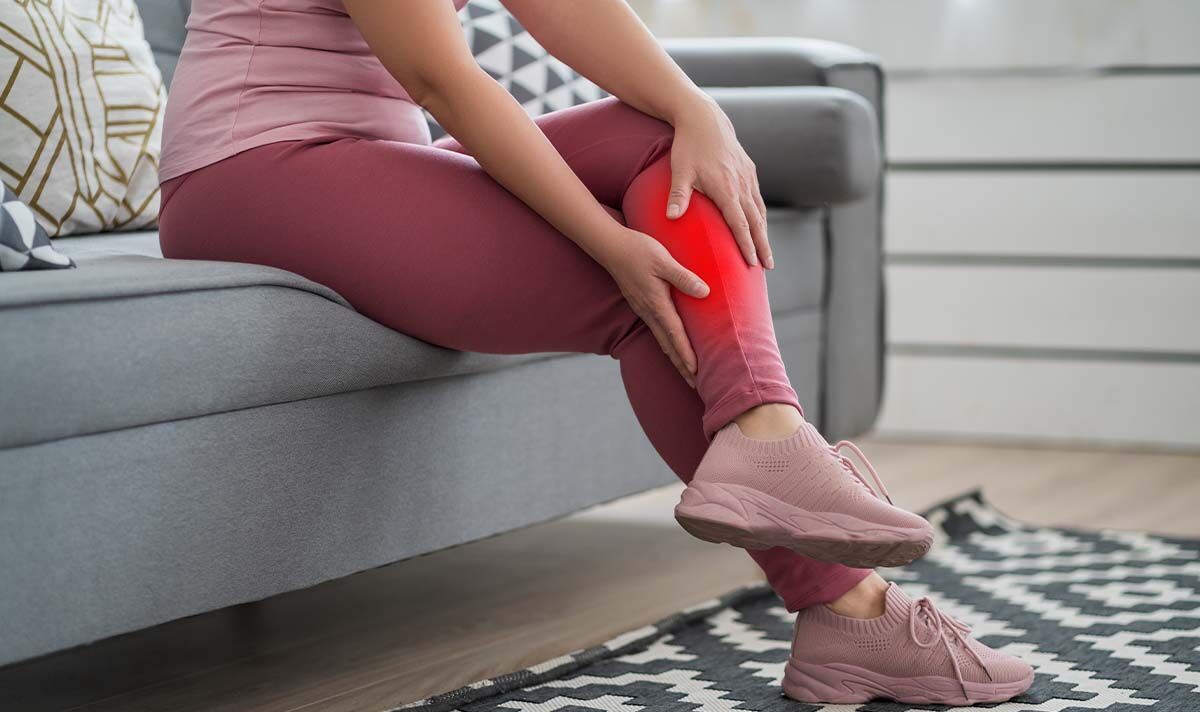Cardiovascular
Lesser-known leg condition could be warning sign of cardiovascular disease
Heart disease is a major cause of death, claiming more than 160,000 lives each year in the UK alone.
The condition occurs when the heart’s blood supply is blocked or interrupted by a build-up of fatty substances in the coronary arteries.
While some warning signs like pressure, aching or a squeezing feel on the chest are well-known, leg pain is not an obvious candidate to ring alarm bells.
However, a leg condition, known as peripheral arterial disease (PAD), could be a red flag, pointing to cardiovascular problems.
PAD is triggered by a build-up of fatty deposits in your arteries, leading to a restricted blood supply to your legs.
This can present as a “gripping” or “cramping” feeling in the legs, according to David Newby, British Heart Foundation (BHF) John Wheatley Professor of Cardiology at the BHF Centre of Research Excellence at the University of Edinburgh.
The expert said: “If you get a gripping, cramping sensation in your calves when you are walking, it might be worth seeing your doctor, as that can be a marker of PAD (peripheral arterial disease).
“It’s most common in smokers and people who have diabetes.”
Worryingly, PAD can lead to gangrene and even amputation in severe cases.
While the NHS explains that symptoms of PAD can take a long time to appear, it’s crucial to get medical help once you spot them.
Heart specialist Patrick Coughlin told the BHF that people are at an increased risk of PAD as they age.
He said: “About one in five people over 60 in the UK have some degree of PAD.
“The same things that raise your risk of heart disease and stroke – including smoking, diabetes, obesity and high blood pressure – also raise your risk of PAD.
“In particular, we are seeing a rise in PAD as a result of increased cases of diabetes.
“It affects both men and women and sometimes it can run in families.”
What’s worse, a person suffering from PAD is a lot more likely to have a heart attack, stroke or other cardiovascular problems, according to the NHS.
Coughlin added: “If you have intermittent claudication (limping or pain when you walk), your risk of heart attack is three to five times higher than normal.
“So, we would start by trying to reduce your heart attack risk, for example by stopping smoking, testing for (and treating) high blood pressure and diabetes, and taking a blood thinner (such as aspirin) and a statin.”

